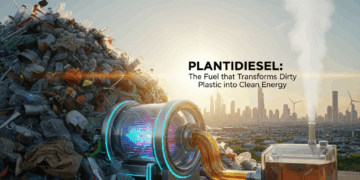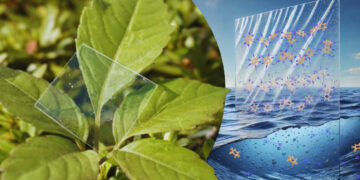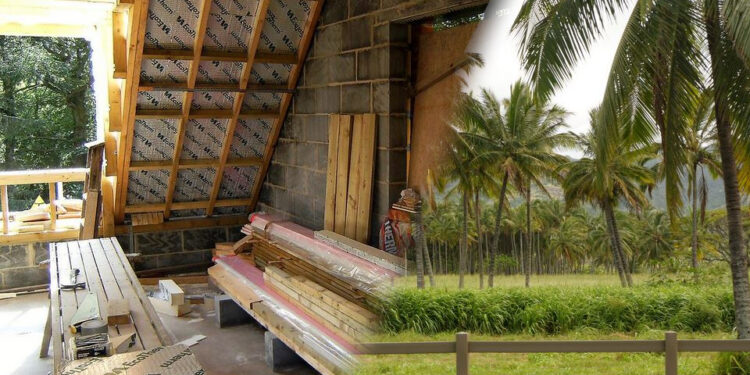Palmeco and NANI propose a new ecological insulation material for the building made by palm fiber waste, fly ash and blast furnace slag
Insulation material saves energy in building with the market constantly evolving towards innovative materials. On the other hand, they can also be dangerous, i.e. they have caused devastating fires worldwide. The governments now bans the insulation materials that fail to meet the non-combustible requirement. Today’s most common insulation materials, likes polyurethane, expanded polystyrene and rockwood have inherent health and safety problems. Other inorganic insulation materials like foamed cement, instead, have environmental and health downsides.
The need for innovation in building insulation that’s lightweight, fireproof and environmentally sustainable stimulated Palmeco and the Nano and Advanced Materials Institute (NAMI). The Palmeco Geo-Insulator is pondered to be used in the building as an eco-friendly alternative to the more common panels. The panels are fireproof and give thermal insulation, moreover they exploit unique geo-polymerization and foaming technology. The Palmeco Geo-Insulator used industrial by-products such as ground granulated blast furnace slag and fly ash mixed with lots of palm fiber waste for an eco-friendly production process.
You might also be intrested in -> K-Briq, the new bricks made from 90% garbage
The process catalyses silicates, aluminum compounds and palm fiber waste in a range from 5% up to 50% to form a porous 3D structure that is light and very strong. The result is a low-carbon, lightweight thermal insulated board with excellent performance, highly resistant to fire, heat, water, sound, insects and being non-toxic. The Palmeco Geo-Panel offers smarter ways to build, for safer, faster, and cheaper construction. The well being of the end-user is enhanced with the exposure to a material that is safer, and more energy efficient.


































